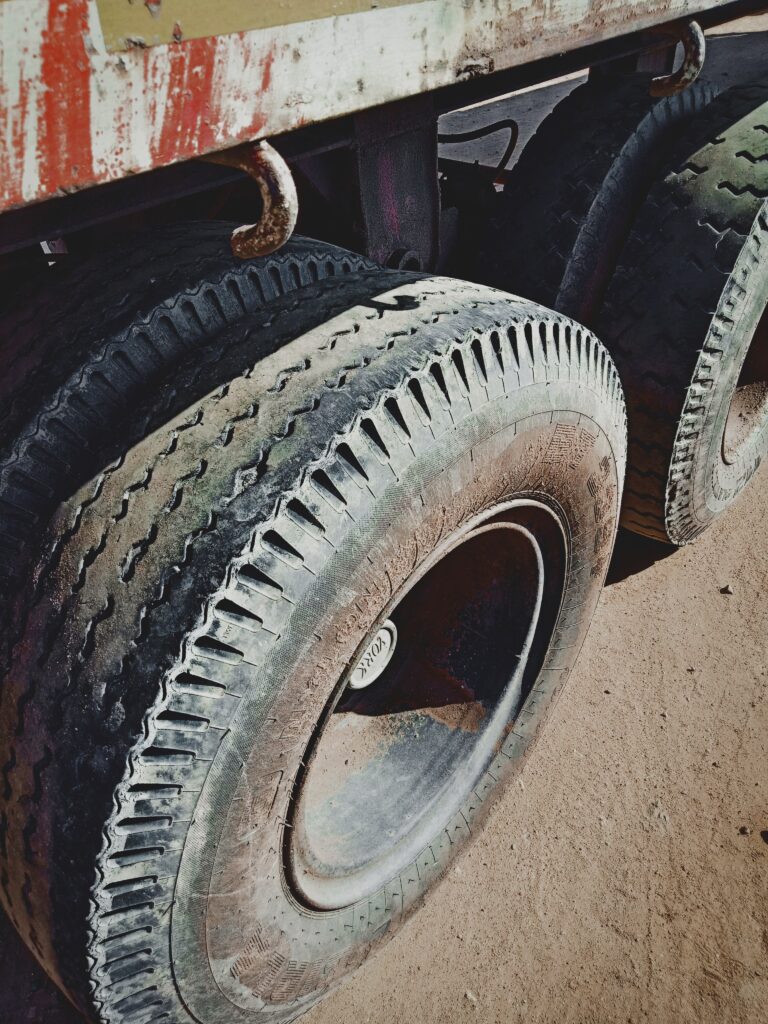The coupling, as you might know, is a mechanical component connecting two shafts to transmit power accurately from one side to the other. It also absorbs mounting errors. What is disc coupling? A flexible disk coupling transmits torque between a driving and a driven bolt by using tangential bolt circles. The torque is transmitted between bolts by a series of thin, stainless-steel discs assembled in a pack. These couplings are flexible because of the deformation of material between bolts. Disk couplings can handle speeds up to 10,000 rpm and are suitable for high-performance motion control applications.
Disc Coupling Working Principle
The principle of disc coupling is that torque is transmitted by flexing disc elements. The disc coupling works by tensioning and compressing chorded segments within a common bolt circle bolted alternately between the drive and driven sides. These couplings typically consist of two hubs and two disc packs.
Styles Of Disc Coupling
There are two types of disc coupling: single-disc style and double-disc type coupling.
A single disc coupling comprises two hubs made of aluminum or stainless and one flat, stainless-steel disk spring. Double disk couplings also have two hubs but include a spacer between the two disk springs. The spacer can be made from the same material as hubs or with electrically isolating materials.
One-disc packs can correct angular or axial misalignment, while two-disc packages are required for parallel misalignment.
Disc Coupling Function
The following functions are available through disk coupling:
- Transfer torque between devices
- You can accommodate different types of misalignment and reduce the effect on the equipment.
- Reduce damaging peak torques, and torsional vibrations.
- To prevent damage from being transmitted, provide overload protection
- Add electrical insulation to prevent shorting between devices.
- Live torque and power readings with less than 1 percent error
Advantages Of Disc Coupling
- Reduces the need to lubricate and maintain couplings
- You can inspect disk couplings without disassembly
- You can inspect the condition of disc packs with a strobe lamp while the machine runs
- It is easy to identify equipment misalignment
- Torsionally rigid with no backlash
- No wear parts
- Stainless-steel discs with high strength and flexibility are available
- Resistance to harsh environments
- Properly sized and aligned, they will last a long time
- High power density (higher torque to a given outside diameter).
- Disc couplings can handle high shock loads to a certain degree
- Compensation for shaft misalignment between shafts – angular or parallel
- It reduces maintenance costs and time.
To know more information about disc coupling or any product like rudder bearings, you can visit Polyflex. They offer a range of products in the marine industry.
